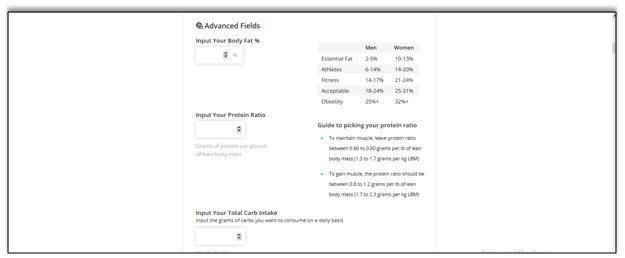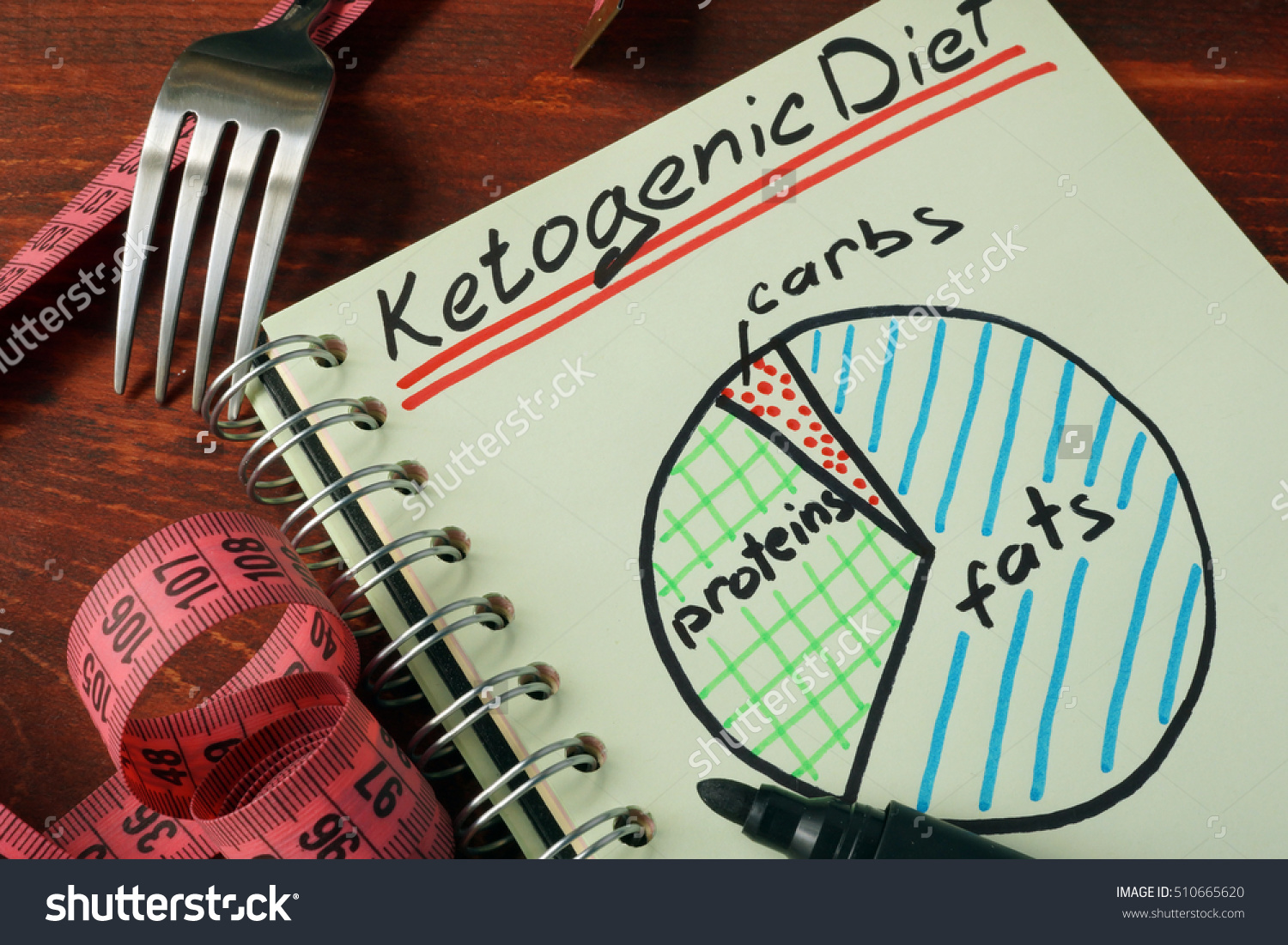All those on a Keto diet, how do you find out how many calories are you aiming for!Do you know the exact amount of protein, fats, and carbs you should be consuming? A great start would be the keto calculator. Here’s how it works.
Check Out the Keto calculator here.
What is a macro calculator used for?
A keto macro calculator helps you in the following ways.
- Reach optimum weight goals
- Stay in ketosis
- Find out information about your macros
- Find out how much you need to eat exactly to stay in ketosis
Here’s How the Keto Calculator Works
The two types of calculator include:
- Standard Ketogenic Calculator for a classic ketogenic diet (75% fat, 20% protein, 5% carbs).
Use it when:
- You are a beginner
- You do not know the macro ratio to stay in ketosis
- Specialized Macronutrient Calculator for specific inputs of carbs, protein, and fat.
Use it when:
- You know how much of carb and protein you should consume
- You’re a sports professional with specific macro needs
- You’re under the advice of a medical professional regarding your macro needs. E.g. pregnant women
Step 1: Choose the calculator you need.

Step 2: After choosing your calculator, enter details like gender, age, height, and weight.

This is used to find your BMR (basal metabolic rate), which the energy used when you are not physically active.
Step 3: Enter Your Activity Level

- Your physical activity level (PAL) measures how much energy you spend daily when you’re active.
- Combining your BMR and PAL, you find the total daily energy expenditure (TDEE) which is the amount of calorie burnt in 24 hours.
- This way the calculator knows how many calories you need to eat on your diet.
Step 4: Mention your calorie intake goal
 In the calorie bar, choose deficit, surplus or same, indicating whether you want to gain, lose or maintain weight.
In the calorie bar, choose deficit, surplus or same, indicating whether you want to gain, lose or maintain weight.
- For maintaining weight: Keep at 0%
- For losing weight: Move between 0 to -50. For moderate weight loss, choose around 10%-20%
- For gaining weight: Move between 0 to +50. For moderate weight gain, choose around 10%-20%
These are the details required for the standard keto calculator.
Step 5: For the Specialized Calculator Only:
 This is a very important step.
This is a very important step.
Body Fat% – Your body fat % helps the Keto calculator figure out how many calories you need for protein per day to reach your optimal weight without a reduction in muscle mass.
Get your fat% measured at a health facility or gym.
Measure your fat % every two months.
Protein Ratio- Using your body fat%, you can calculate the LBM and pick your protein intake accordingly.
E.G. If your body weight is 65kg, and body fat % is 15%, then your lean body mass is 85%, which in pounds will be 144.
Body fat = 15/100 * 144 = 21.6lb = 9.5kg
Lean Body Mass(LBM) = 144 – 21.6 = 55.5kg or 122 lb.
To maintain muscle mass, the protein ratio should be between 0.8 to 1.2 grams per lb. of LBM (1.7 to 2.3 grams per kg LBM).
In this e.g. (0.8*122) or (1.2*122) = 97.6 or 146.4 gm.
Total carb intake: simply input the number of carbs you wish to eat. The recommended range is 20-25g.
Using all these inputs, the Keto calculator creates the perfect macro targets for your keto diet.
Generic Breakdown of Ketogenic Diet
Fat Intake
Around 75% of your calories come from fats in a ketogenic diet. It’s recommended that you go for high-quality, healthy fats and cut down trans-fat and processed foods from your diet. Your fat dietary requirements can be fulfilled by
- MCT Oils and Powders
- Nuts
- High-quality Meats
- Dairy(butter, cheese, cream)
- Avocado etc.
Carbs Intake
For a ketogenic diet, 20-25g of carbs is considered ideal. Eat low glycemic foods to stay within the recommended carb range.
Opt for
- Green Leafy Vegetables
- Cucumber
- Cauliflower, broccoli etc.
- Keep away from high glycemic foods like sweet fruits, starchy veggies, pasta, refined flour etc.
Protein Intake
Protein Intake should also be in the optimal mode. Excess proteins will not take you to the state of ketosis faster. Around 1.5g of protein per lean body mass is ideal. For athletes and bodybuilders, your protein intake will be higher and you can follow a high-protein keto diet with the advice of your doctor.
Fatty protein sources include
- Fatty portions of chicken, beef, pork, lamb etc.
- Seafood
- Cottage Cheese
Now that you have learned how to use the Keto calculator, here’s a generic breakdown on how much of carbs, proteins, and fats you can consume, their sources and more.
Calculating and tracking your macros is essential when you embark on a Keto diet and also when you are an athlete or sports professional. Once you are used to the intake values, there’s no need to keep track of them every day.



